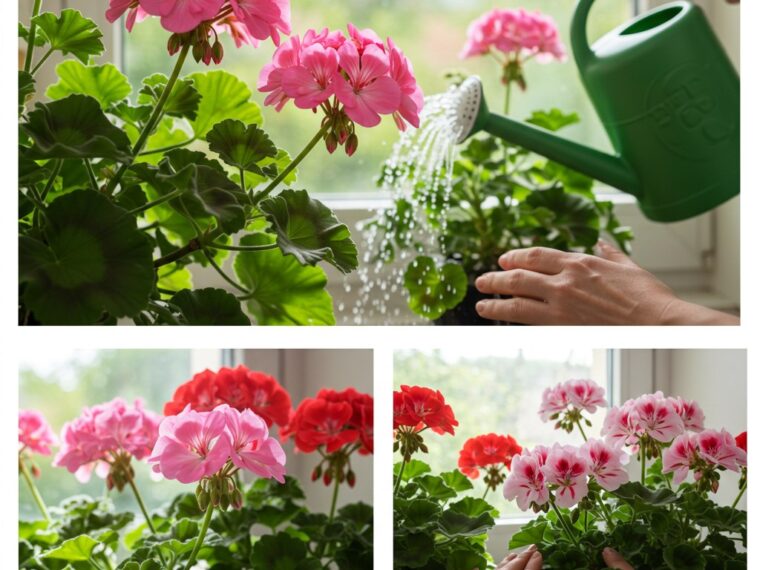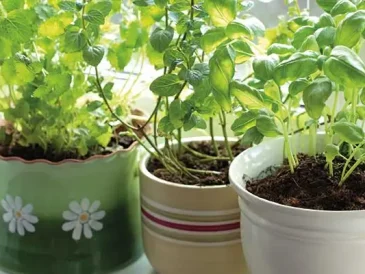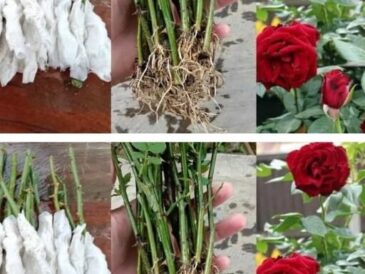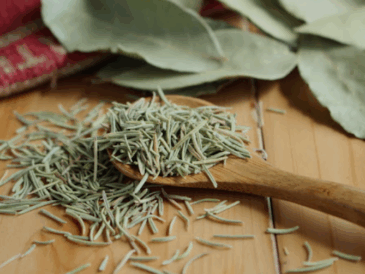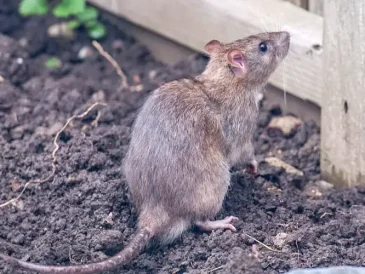Plants are living organisms—sensitive, adaptable, and surprisingly responsive to care. When a flower starts to wilt or lose its color, many people assume it’s gone for good. But nature offers a way to bring it back to life. With a simple, natural remedy made from ingredients found in every home, even the most withered flower can bloom again.
Let’s explore this powerful technique, the science behind it, and how it can revive your plants naturally—without chemicals or expensive fertilizers.
1. Understanding Why Flowers Wilt
Before finding a cure, it’s essential to understand what causes flowers to fade in the first place.
There are three main culprits:
- Lack of nutrients: Over time, soil loses vital minerals like potassium, nitrogen, and phosphorus that flowers need to thrive.
- Improper watering: Too little water causes dehydration, while too much suffocates the roots.
- Soil imbalance: When the pH is off or microorganisms die, roots can’t absorb nutrients properly.
Most “dead” flowers aren’t actually dead—they’re dormant, waiting for the right balance to return.
2. The Natural Revival Remedy: A Miracle Mix for Your Plants
Gardeners around the world swear by this simple homemade tonic that brings wilted plants back to life. It’s entirely natural and eco-friendly, combining three key ingredients:
🌿 The Remedy Recipe
- 1 liter of water (preferably rainwater)
- 1 tablespoon of honey or molasses
- 1 teaspoon of cinnamon powder
- 1 teaspoon of crushed garlic or aloe vera gel (optional)
🌸 How to Use It
- Warm the water slightly (not hot).
- Mix in the honey and cinnamon until fully dissolved.
- Let it cool, then pour it directly at the base of the plant or soak the roots for 20–30 minutes.
This simple mixture acts as both a natural fertilizer and a root restorer.
3. Why It Works: The Science Behind the Remedy
Each ingredient has a specific biological purpose:
- Honey or Molasses:
These are natural sources of simple sugars and enzymes that feed beneficial soil bacteria. They also contain trace minerals like magnesium and calcium that strengthen cell walls and stimulate growth. - Cinnamon:
This humble spice is a powerful natural antifungal and antibacterial agent. It protects roots from rot and infection, allowing new shoots to grow. Gardeners often call it “nature’s plant antibiotic.” - Garlic or Aloe Vera:
Garlic boosts the plant’s natural defenses with sulfur compounds, while aloe vera contains salicylic acid and polysaccharides that promote root regeneration and stress recovery.
Together, these elements restore the soil’s microbiome and encourage root cells to absorb nutrients again—reviving even the most stunted or wilted flowers.
4. Signs Your Flower Is Coming Back to Life
Within days of applying the remedy, you may notice:
TO CONTINUE READING THE ARTICLE PLEASE SEE PAGE 2

